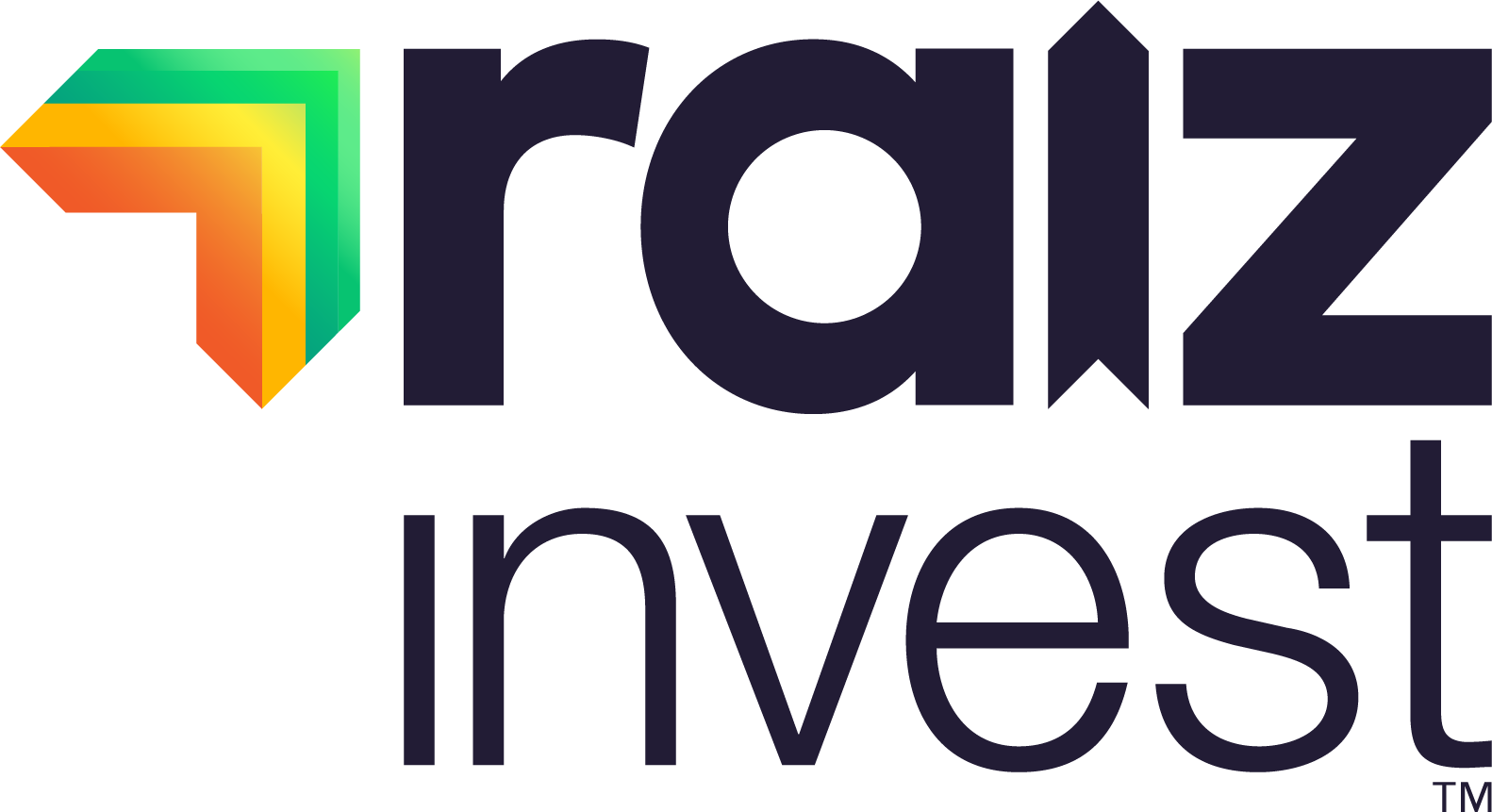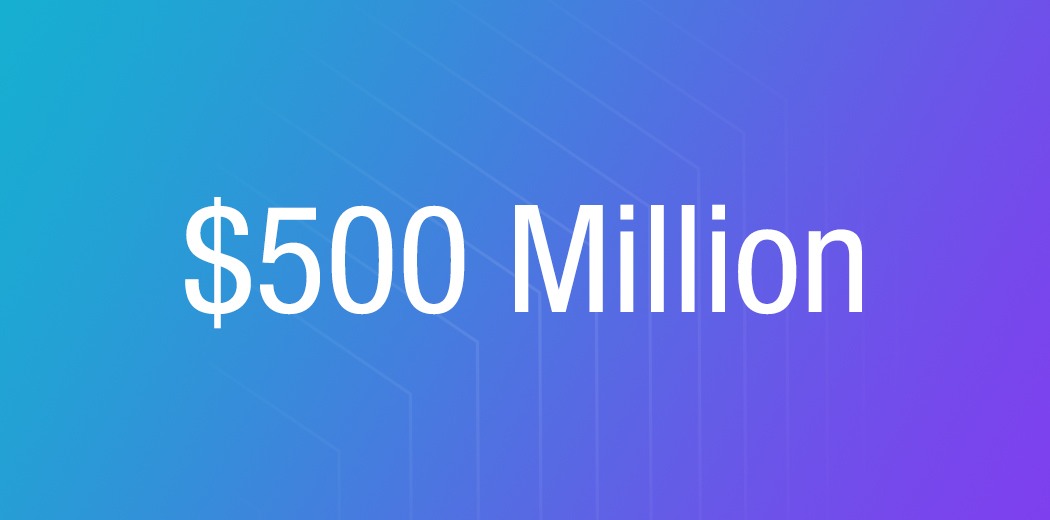
2/11/20
George Lucas, Raiz Group CEO
Global equities have just suffered their worst week since the market volatility in March when investors finally realised the full health and economic consequences of COVID-19. The market is attributing the sell-off to caution over the escalation in coronavirus cases and the US election, with the US tech titans the latest casualties in this selling.












